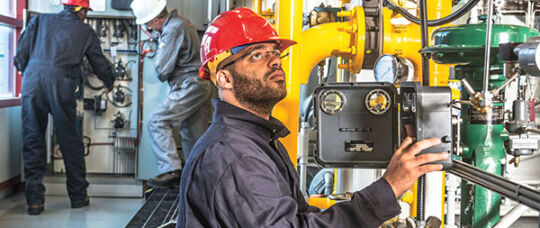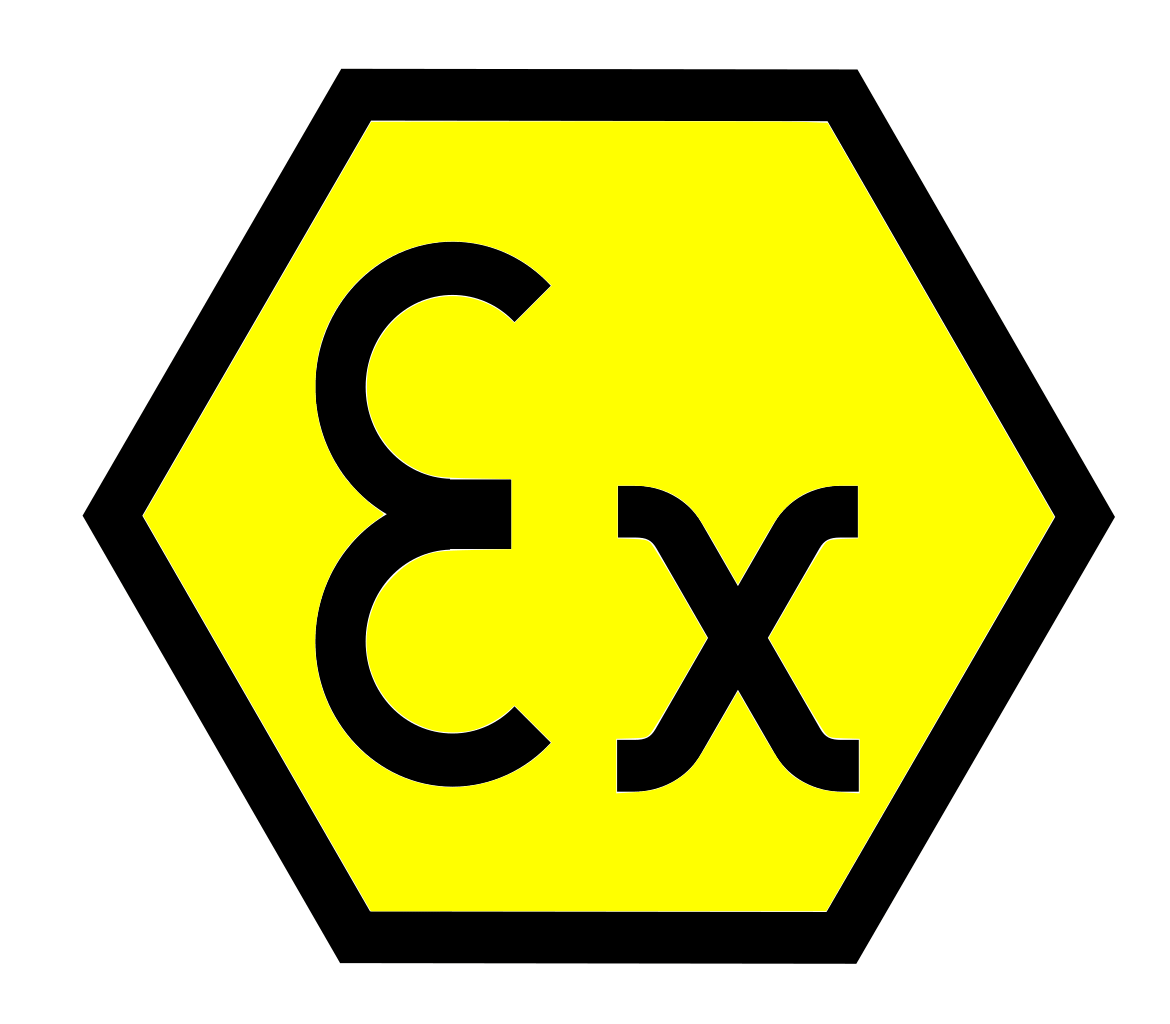The Definitive Guide for Roar Solutions
The Definitive Guide for Roar Solutions
Blog Article
Fascination About Roar Solutions
Table of ContentsThe smart Trick of Roar Solutions That Nobody is DiscussingThe Best Guide To Roar SolutionsNot known Facts About Roar Solutions
In order to secure installations from a prospective explosion a method of analysing and classifying a potentially hazardous area is called for. The objective of this is to make certain the correct choice and setup of equipment to eventually avoid an explosion and to guarantee safety and security of life.
(https://www.cybo.com/AU-biz/roar-solutions)
No equipment ought to be installed where the surface area temperature of the devices is more than the ignition temperature of the provided risk. Below are some common dirt unsafe and their minimum ignition temperature level. Coal Dust 380C 225C Polythene 420C (thaws) Methyl Cellulose 420C 320C Starch 460C 435C Flour 490C 340C Sugar 490C 460C Grain Dirt 510C 300C Phenolic Resin 530C > 450C Aluminium 590C > 450C PVC 700C > 450C Residue 810C 570C The chance of the danger existing in a focus high sufficient to trigger an ignition will certainly differ from area to area.
Unsafe location electric tools maybe designed for use in greater ambient temperatures. Field Repair Service By Authorised Employee: Challenging testing may not be required nonetheless particular procedures may require to be adhered to in order for the tools to maintain its 3rd celebration score. Each piece of devices with an unsafe score need to be evaluated independently.
The Best Guide To Roar Solutions
The devices register is an extensive data source of tools records that consists of a minimum set of areas to determine each product's place, technical criteria, Ex classification, age, and ecological data. This info is crucial for tracking and handling the tools effectively within unsafe locations. In comparison, for periodic or RBI sampling inspections, the grade will certainly be a combination of In-depth and Close evaluations. The proportion of Comprehensive to Close assessments will be determined by the Tools Threat, which is examined based upon ignition threat (the chance of a resource of ignition versus the chance of a flammable atmosphere )and the hazardous location classification
( Zone 0, 1, or 2). This variation will certainly additionally influence the resourcing demands for job preparation. When Great deals are specified, you can develop tasting strategies based upon the example dimension of each Great deal, which refers to the number of arbitrary equipment items to be examined. To establish the needed sample dimension, 2 elements need to be evaluated: the dimension of the Whole lot and the group of inspection, which indicates the level of effort that should be used( decreased, regular, or increased )to the examination of the Whole lot. By combining the group of examination with the Whole lot size, you can then establish the appropriate rejection requirements for an example, meaning the allowable number of malfunctioning things discovered within that example. For even more information on this process, please refer to the Energy Institute Guidelines. The IEC 60079 common recommends that the maximum period in between examinations should not surpass three years. EEHA inspections will also be performed beyond RBI campaigns as component of set up maintenance and devices overhauls or repairs. These evaluations can be credited toward the RBI sample dimensions within the impacted Lots. EEHA inspections are performed to determine faults in electrical tools. A heavy scoring system is essential, as a solitary tool may have multiple mistakes, each with varying degrees of ignition danger. If the combined score of both inspections is much less than twice the fault score, the Lot is deemed appropriate. If the Lot is still taken into consideration undesirable, it should undergo a complete assessment or reason, which may trigger more stringent evaluation procedures. Accepted Great deal: The sources of any faults are determined. If a common failure mode is discovered, extra equipment might require maintenance. Faults are classified by intensity( Safety, Stability, Housekeeping ), making certain that immediate concerns are assessed and resolved quickly to reduce any type of influence on security or operations. The EEHA data source need to track and videotape the lifecycle of mistakes together with the restorative actions taken. Implementing a durable Risk-Based Assessment( RBI )technique is vital for guaranteeing conformity and safety and security in managing Electrical Devices in Hazardous Areas( EEHA) (hazardous area course). Automated Mistake Scoring and Lifecycle Monitoring: Easily handle mistakes and track their lifecycle to enhance evaluation accuracy. The introduction of this support for risk-based assessment additionally enhances Inspectivity's position as a best-in-class service for regulatory compliance, along with for any type of asset-centric inspection use situation. If you want discovering more, we welcome you to ask for a demo and discover just how our remedy can transform your EEHA administration processes.
The Ultimate Guide To Roar Solutions

In regards to explosive risk, a dangerous location is a setting in which an explosive atmosphere is present (or may be expected to be existing) in quantities that call for special preventative measures for the building, installation and use equipment. eeha courses. In this post we check out the obstacles dealt with in the workplace, the danger control actions, and the called for proficiencies to function securely
It is an effect of modern-day life that we make, keep or deal with a series of gases or fluids that are deemed flammable, and a variety of dirts that are considered combustible. These compounds can, in certain conditions, develop explosive environments and these can have major and terrible repercussions. A lot of us are familiar with the fire triangle remove any among the three elements and the fire can not occur, yet what does this mean in the context of dangerous locations? When damaging this down into its simplest terms it is basically: a combination of a specific quantity of launch or leak of a certain substance or material, blending with ambient oxygen, and the existence of a source of ignition.
In a lot of instances, we can do little about the degrees of oxygen in the air, but we can have substantial influence on sources of ignition, for example electrical tools. Harmful locations are documented on the hazardous area classification illustration and are recognized on-site by the triangular "EX" indicator. Right here, amongst various other crucial details, areas are split into 3 kinds depending on the threat, the probability and period that an explosive ambience will exist; Zone 0 or Home Page 20 is considered one of the most harmful and Zone 2 or 22 is deemed the least.
Report this page